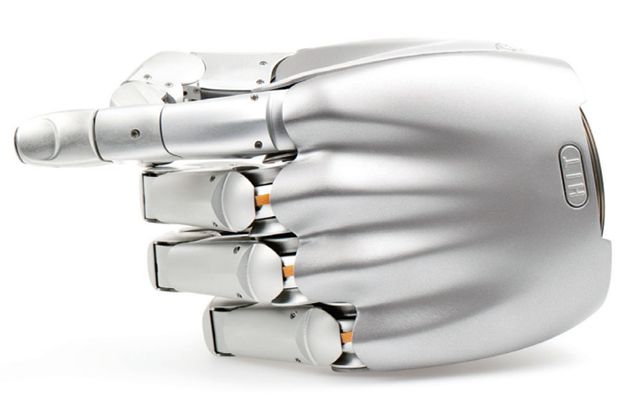With 20 successful microsatellite launches, HIT reached many firsts in the field of aerospace at home and abroad. On April 18, 2004, the Shiyan-1 satellite—the first microsatellite developed independently by Chinese universities, including HIT—was successfully launched. It completed the first satellitebased three-dimensional surveying and mapping of the Earth. Some of the other successfully launched HIT satellites include the Longjiang-1 and Longjiang-2 satellites to the Moon. In a series of firsts, the Longjiang-2 satellite independently completed Earth-to-Moon transfer, near- moon braking, and circumlunar flight. This also made HIT the first university to launch a moon satellite. In addition, HIT launched the Lilac-2 satellite, which is the first micro-nano satellite designed, developed, and controlled by students in China. The group also launched the Lilac-1 satellite, which was part of the European Space Agency’s QB 50 project–a network of 50 satellites. HIT participated in the development of the Jilin-1 satellite, China’s first commercial high-resolution, remote-sensing small satellite. Lastly, the Zhuhai-group 2 and 3 opened a new approach to quickly developing low-cost commercial satellites.


The HITDLR Dexterous Hand II developed by HIT
Other aerospace applications at HIT include satellite laser communications, optical-fiber sensors, space-based remote sensing, and Lidar (light detection and ranging). For example, space-to-ground communications with Satellite SJ-13 in 2017 reached a data rate of 5 Gb/s and a link distance of 37,500 km.


